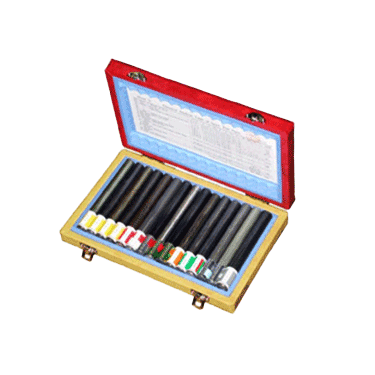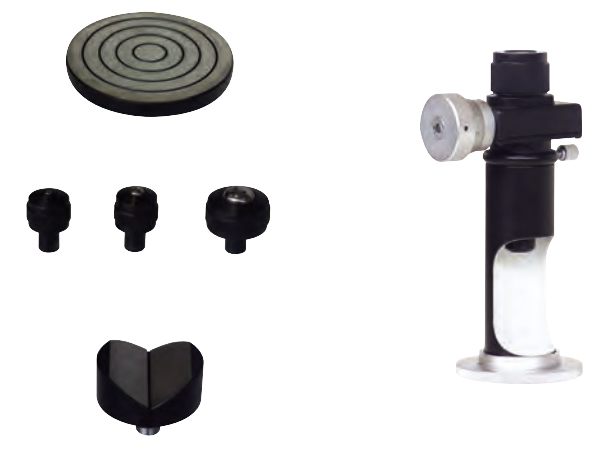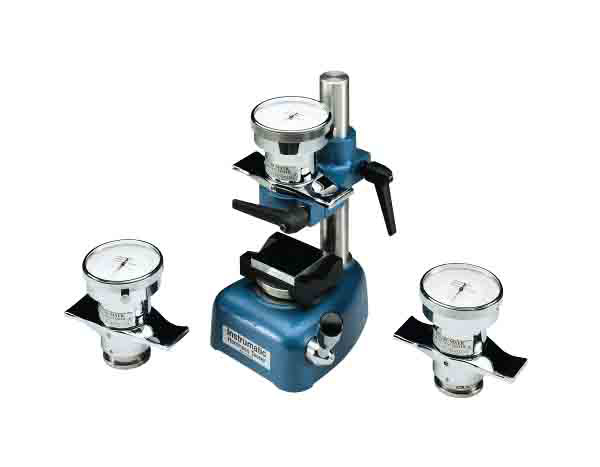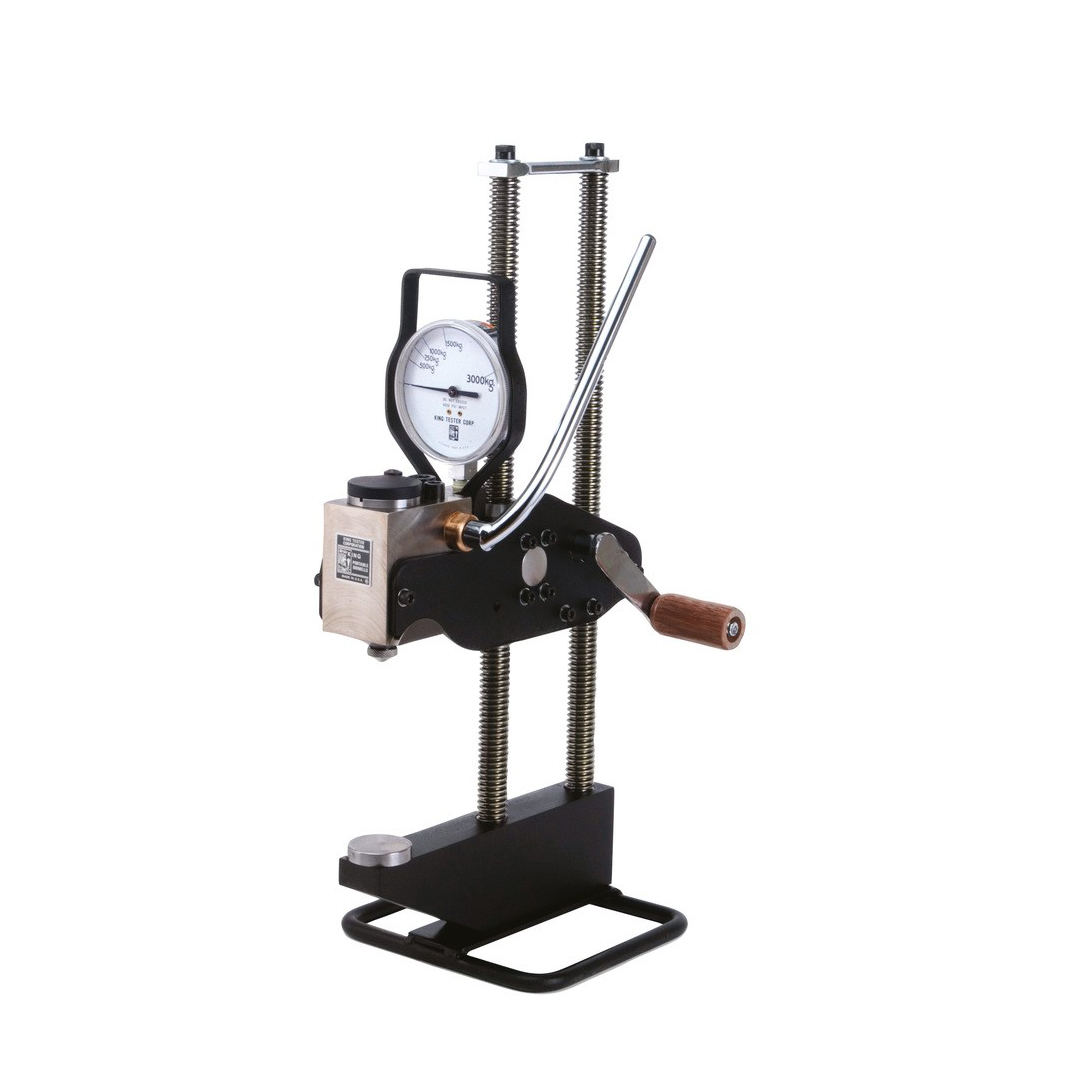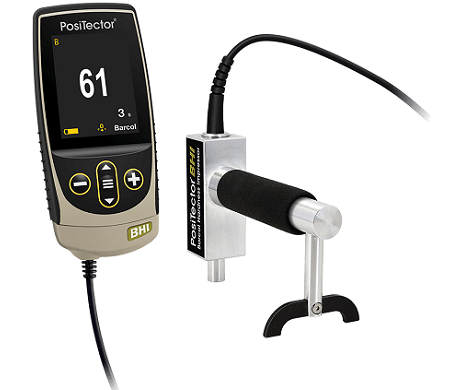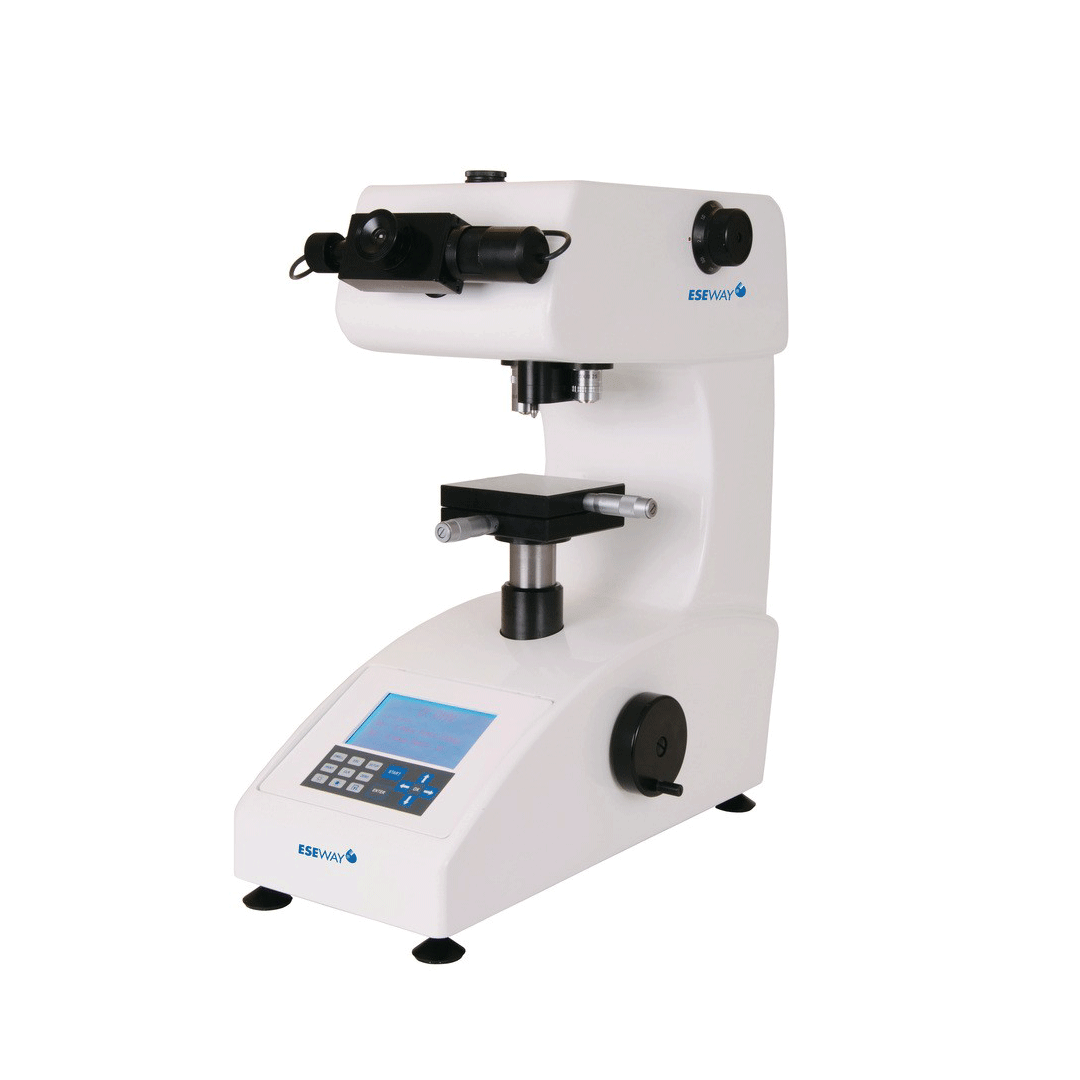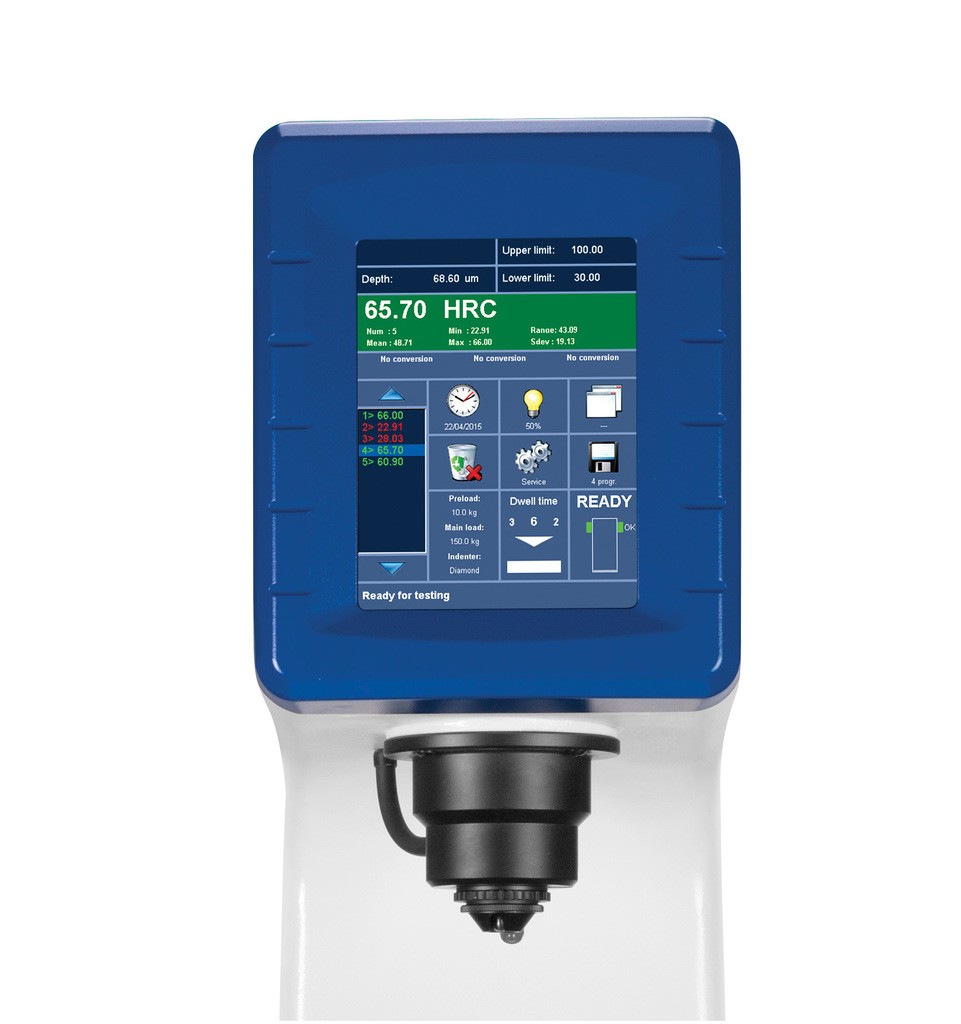- Home
- Products
- Hardness Testing
- Hardness Testers
- Yamamoto Spark Tester Standard Kit
If you want to find out more about
Yamamoto Spark Tester Standard Kit
Talk to us at :
(65) 6749 9697

sales@lfc.com.sg
The Spark test provides an easy and quick method to identify the type of steel based on the spark generated from the steel when being pressed onto a grinder. Yamamoto's sets of standard pieces are compliant with JIS G0566: 1980 which is the method of the spark test for steel and have been chemically analyzed with strictness.For the quality control of machine parts, choosing the right machine material is of primary importance. To this end, the JIS-defined spark test for steel is the most suitable because it helps identify the type of steel for the onsite management of steel types and enhances knowledge of steel materials. The fields for spark test application range widely, including material control. machine designing and processing, heat treatment, and material testing.Compared with the precision analysis method, such as chemical and spectrometric analysis, the spark test only provides a rough estimate for the number of chemical constituents. However, it has the following advantages: Spark test results are not subject to the shape, roughness, and/or heat-treated structure of the test piece Nondestructive 100% inspection is possible (except for end products) The spark test requires less installation cost, time, and labor
The Spark test provides an easy and quick method to identify the type of steel based on the spark generated from the steel when being pressed onto a grinder. Yamamoto's sets of standard pieces are compliant with JIS G0566: 1980 which is the method of the spark test for steel and have been chemically analyzed with strictness.
For the quality control of machine parts, choosing the right machine material is of primary importance. To this end, the JIS-defined spark test for steel is the most suitable because it helps identify the type of steel for the onsite management of steel types and enhances knowledge of steel materials. The fields for spark test application range widely, including material control. machine designing and processing, heat treatment, and material testing.
Compared with the precision analysis method, such as chemical and spectrometric analysis, the spark test only provides a rough estimate for the number of chemical constituents. However, it has the following advantages:
For the quality control of machine parts, choosing the right machine material is of primary importance. To this end, the JIS-defined spark test for steel is the most suitable because it helps identify the type of steel for the onsite management of steel types and enhances knowledge of steel materials. The fields for spark test application range widely, including material control. machine designing and processing, heat treatment, and material testing.
Compared with the precision analysis method, such as chemical and spectrometric analysis, the spark test only provides a rough estimate for the number of chemical constituents. However, it has the following advantages:
- Spark test results are not subject to the shape, roughness, and/or heat-treated structure of the test piece
- Nondestructive 100% inspection is possible (except for end products)
- The spark test requires less installation cost, time, and labor
Overview
Build to perform

Since 1939, Yamamoto Scientific Tool Laboratory Co., Ltd innovates up to 140 kinds of standard hardness test blocks for the metallurgical engineering in the global industry. Yamamoto competencies are known as the world's lowest variances and consistency as low as +0.1 HRC in the HRC 60 range.
Customer Value

The highest quality standards from Yamamoto products will deliver you the efficient cost in overall and empower you to take on a job with higher precision on tougher material. Yamamoto’s hardness blocks are ISO 9001 certified, complying with requirement of the ISO standards. The register certificate No. is JQA - 2078 ISO 9001 - 2000 / JIS Q 9001 : 2000
TECHNICAL SPECIFICATION

Request a Quote
Request A Quote
Please complete the below form to receive further information.


